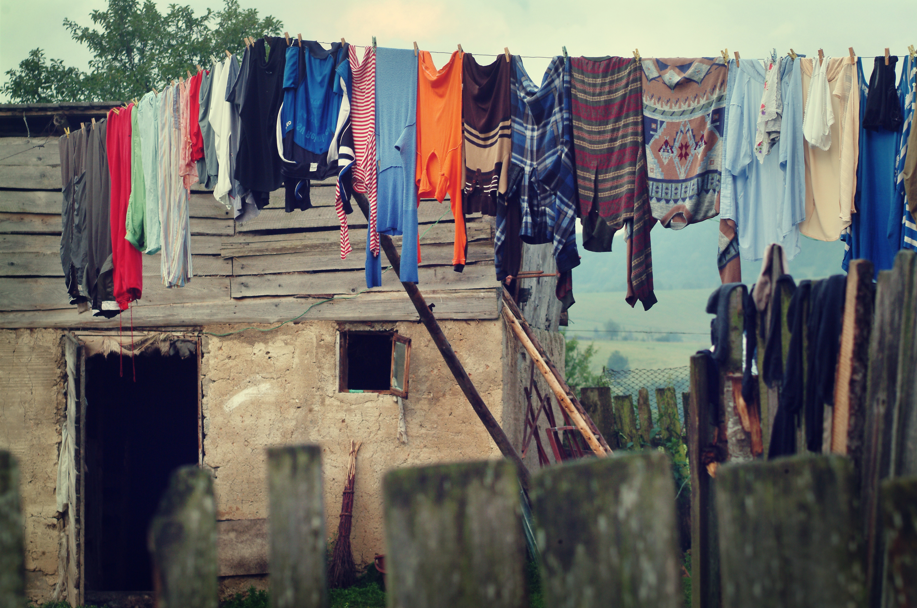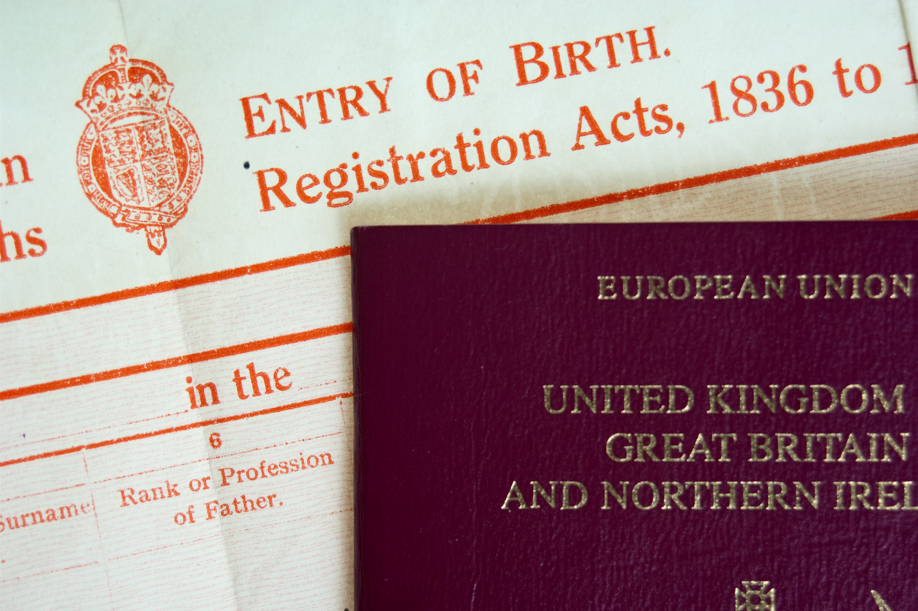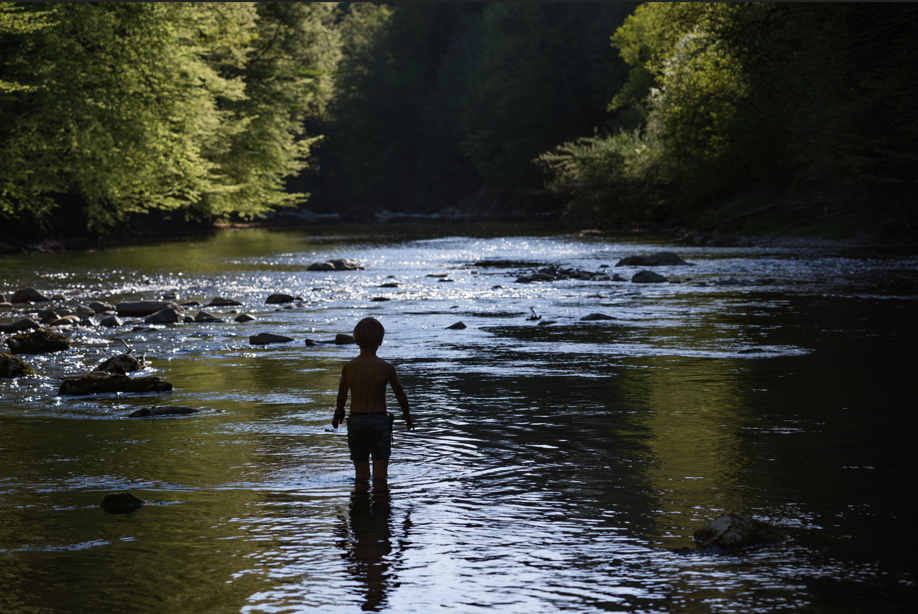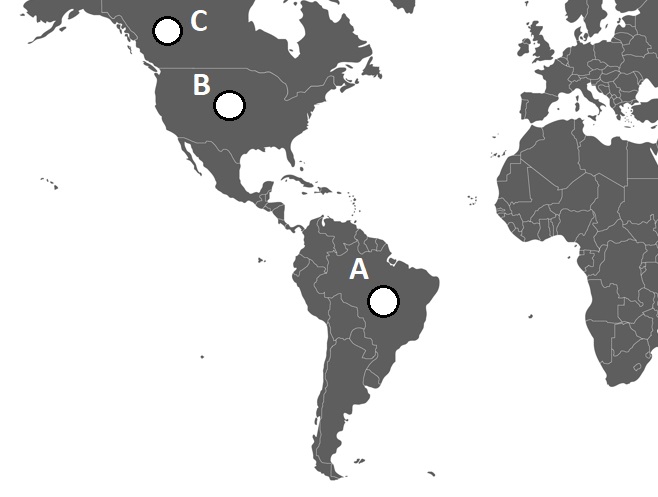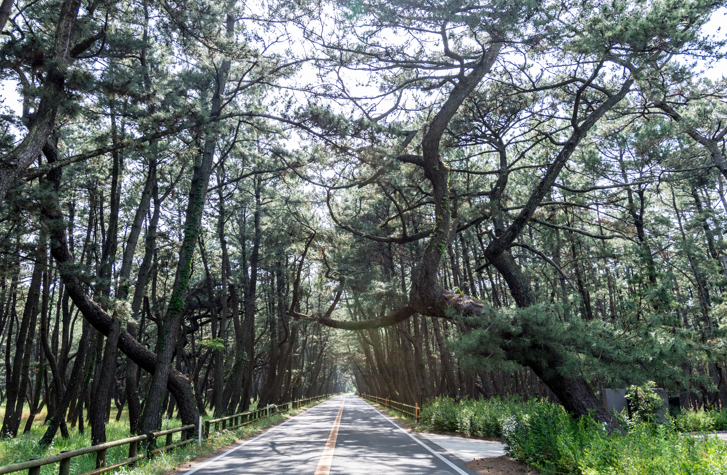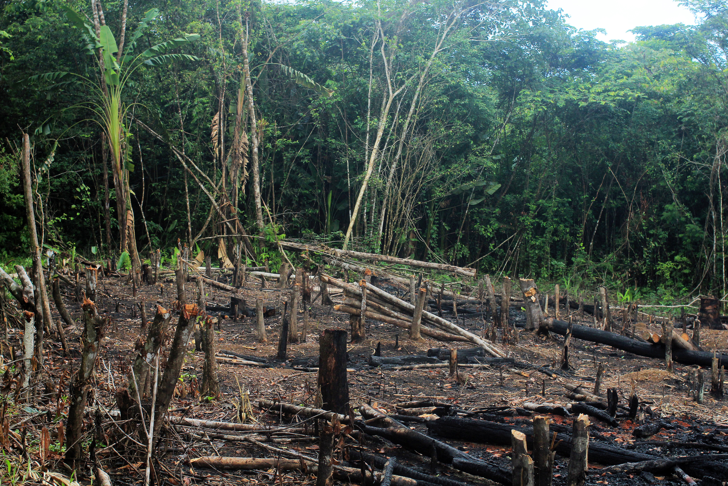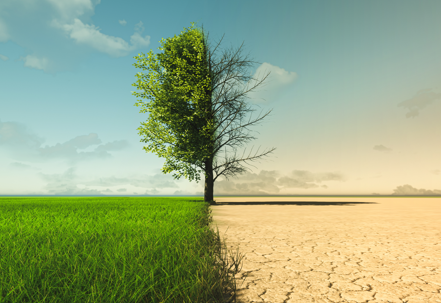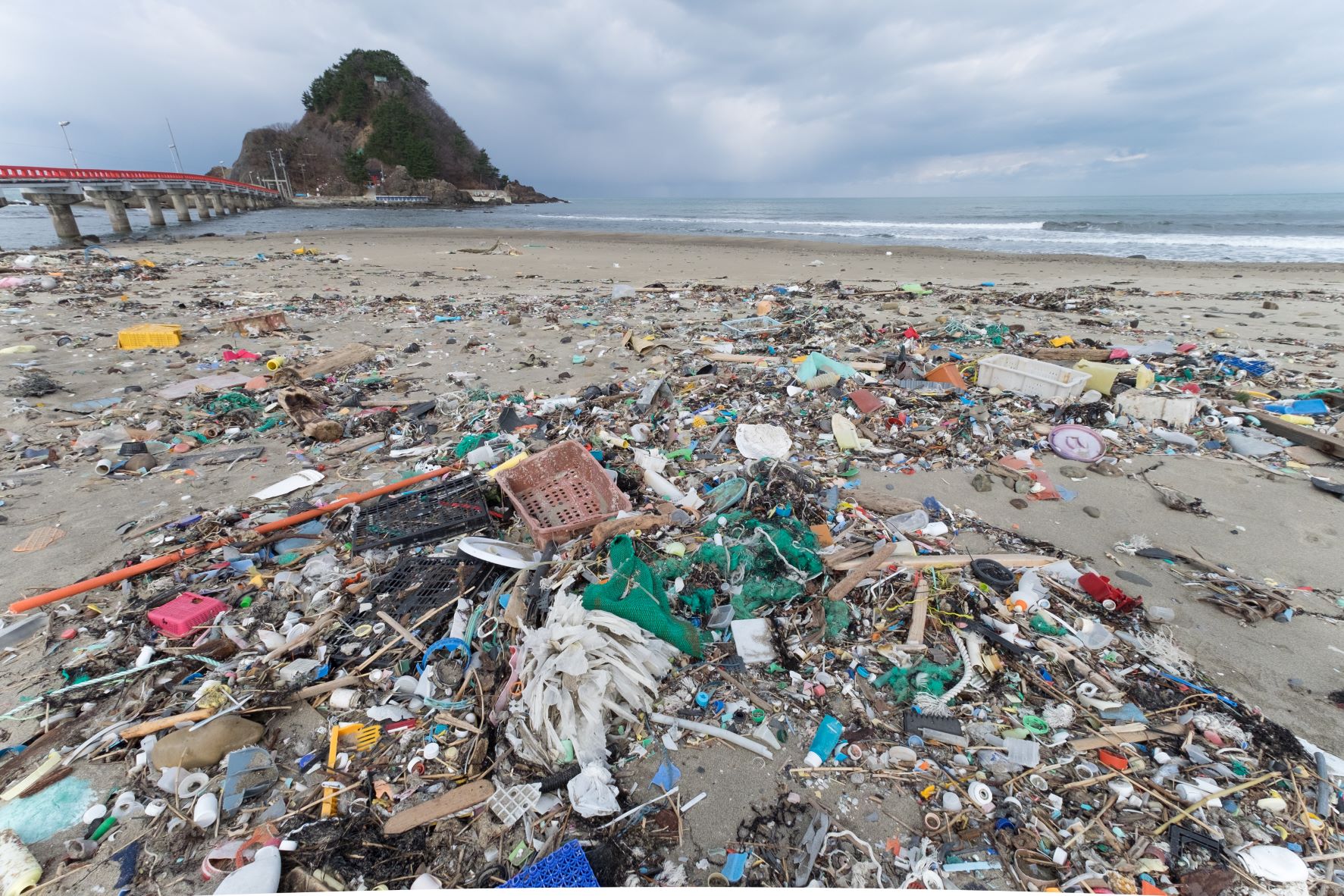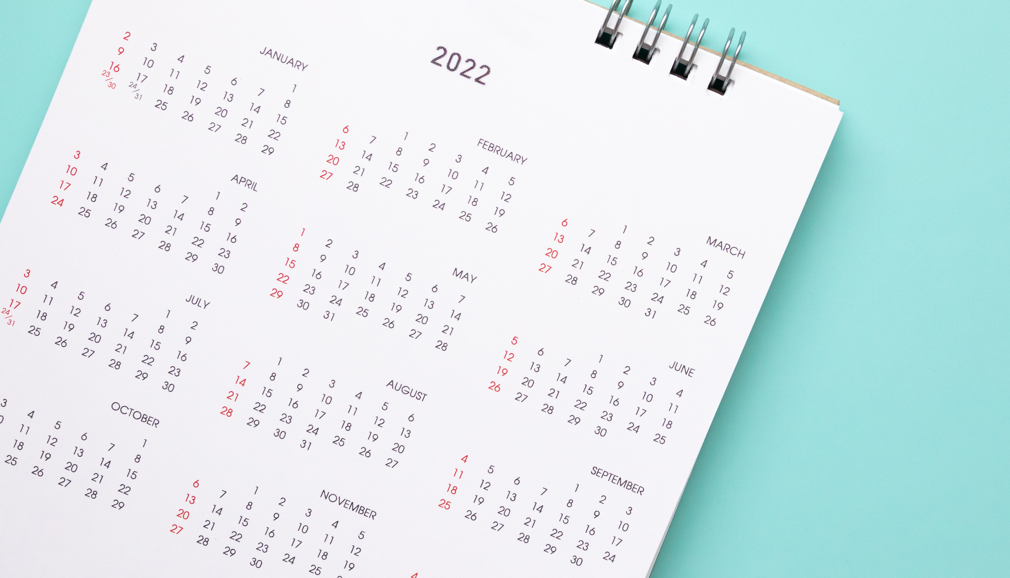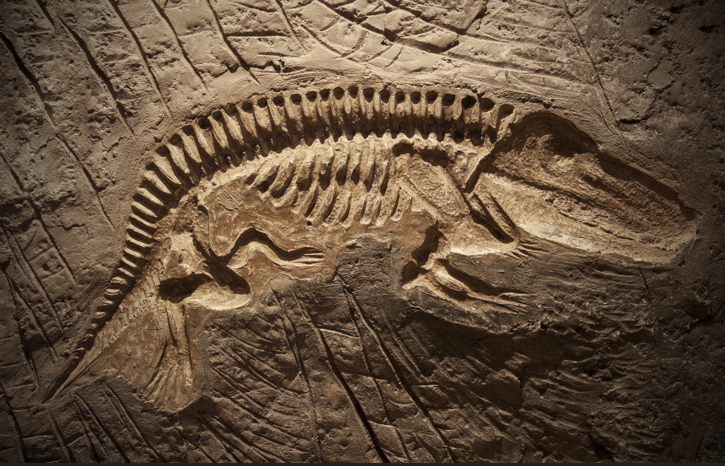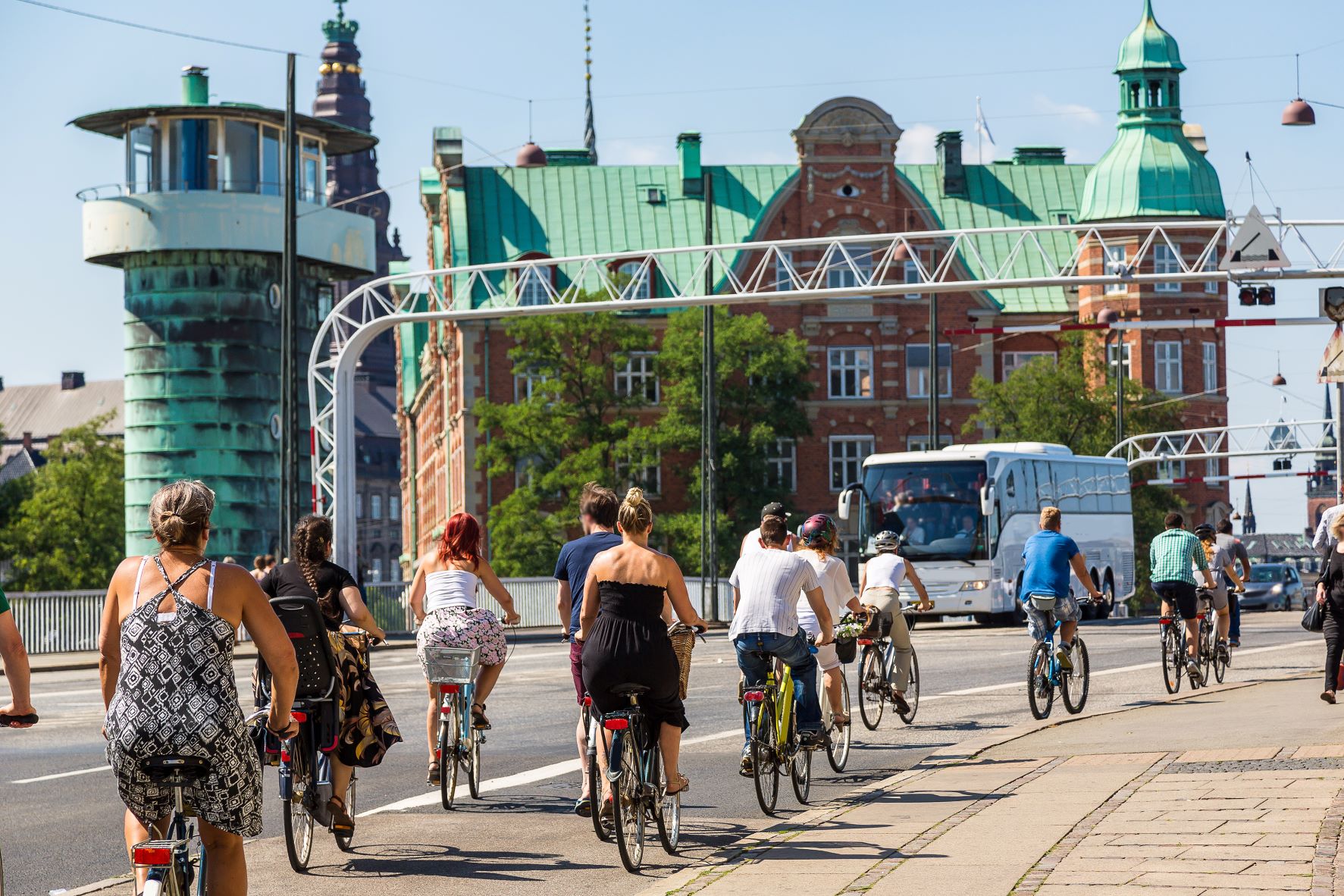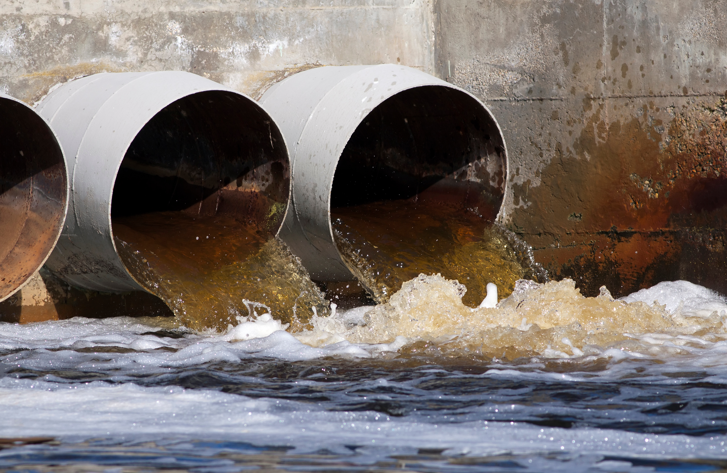
“Peace, Justice, and Strong Institutions” is the topic of this unit.
■ Learn the vocabulary and expressions related to peaceful and inclusive societies
■ Get to know and share your thoughts on the countries facing the issues of peace and justice
■ Deepen your knowledge of the peaceful and inclusive societies by reading passages







| 1. | What do overfishing and overhunting do to certain species? |
| Overfishing and overhunting _______________. |


| 2. | Did you do your research on the sub-textbook? Did you find an activity to solve city and community issues? Please tell me what the organization/association does and how you feel about it. |





| 1. | Where is Turkey? A, B or C? |
| The answer is _________. |



| 2. | What can you see in the pictures? Please describe as many as you can from each photo. |
 |
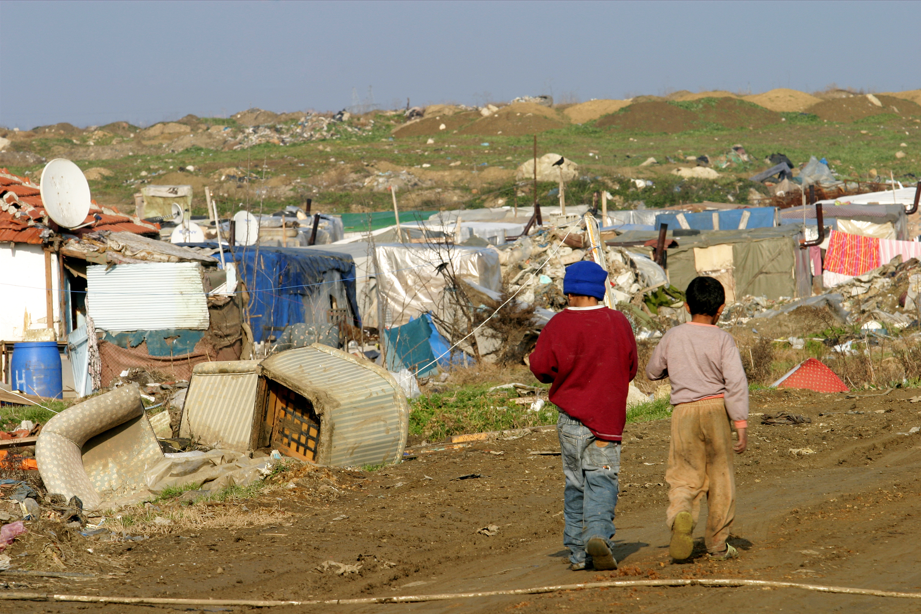 |
| Answer: |





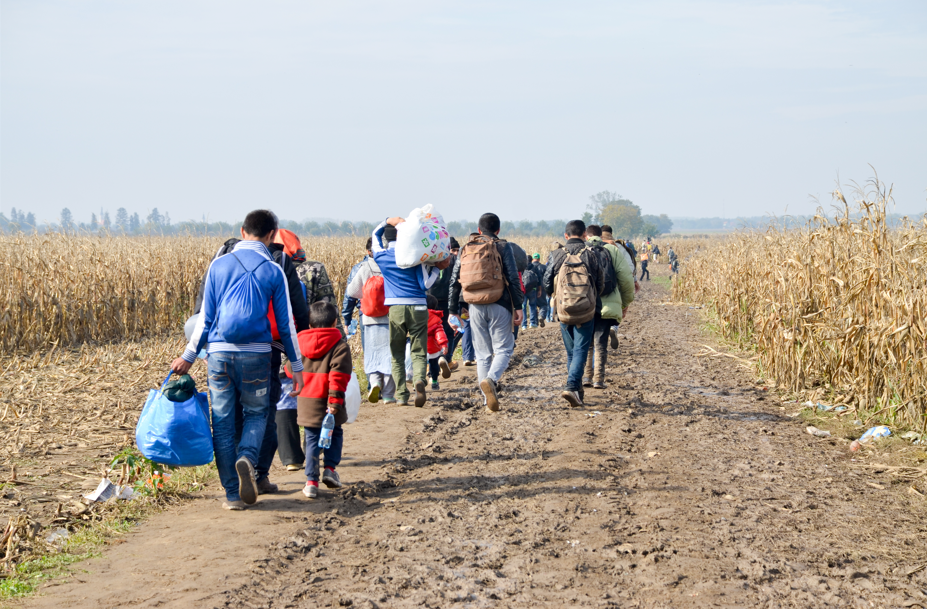
|
flee 逃げる
They fled to the mountains in order to avoid capture.
|
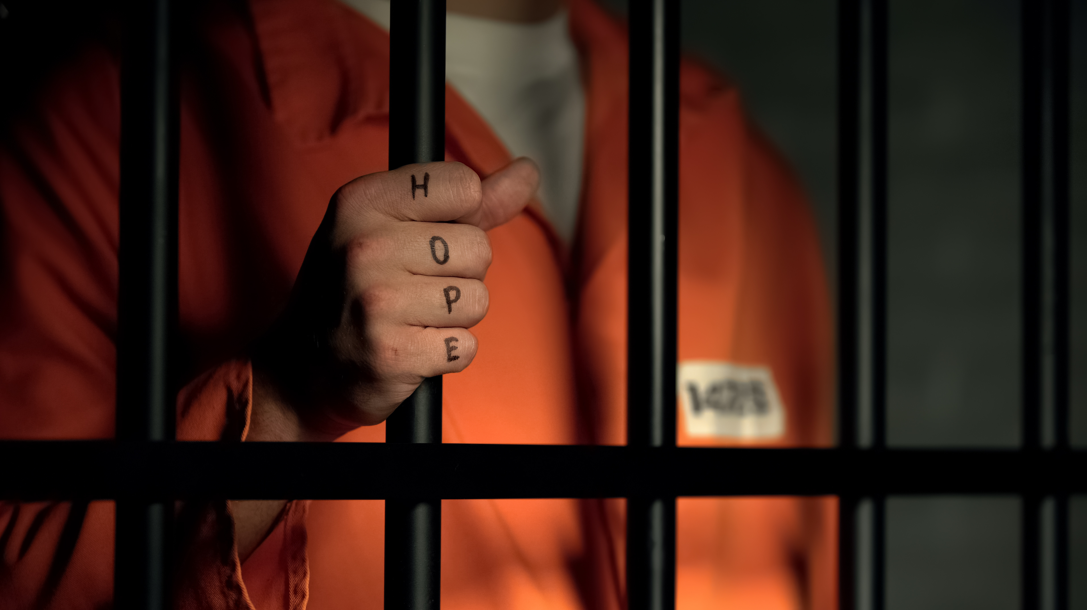
|
persecution 迫害
They had to escape the country because they were afraid of persecution.
|
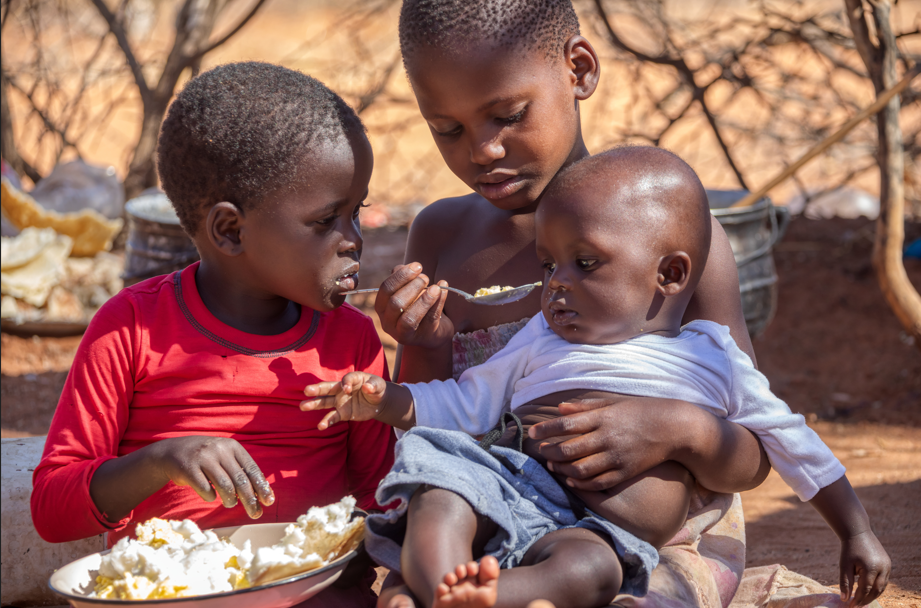
|
susceptible (…を)受けやすくて
These children are susceptible to sickness.
|
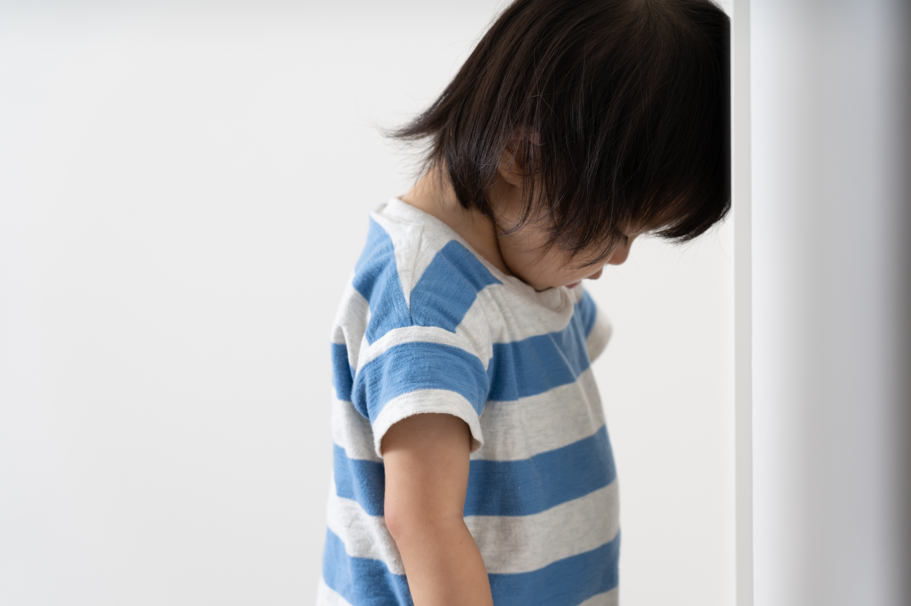
|
neglect 無視、(育児放棄)
The parents were charged with child neglect.
|




| 1. | Thousands of refugees have to _______________ across the border. |
| 2. | They were victims of religious _______________. |
| 3. | The disease can spread quickly among children who are especially _______________. |
| 4. | Their child was taken away from them after both parents were found guilty of _______________. |




Then, let’s move on to the next part.


Many refugee boys and girls are forced to live in unacceptable conditions for children, with limited access to education, healthcare, and mobility. Refugees are frequently left with little to call their own. They are in desperate need of food, clean water, and clothing. Refugee children and their families are at risk of disease and abuse. They receive essential items and relief as a result of the generous support of refugee camps worldwide.


| 1. | Who makes up half of the world’s refugee population? |
| Answer: |

A birth certificate is a vital piece of legal documentation. It allows children to be able to go to school, receive medical care, and eventually find work. Without it, a child is invisible to the government and susceptible to abuse and neglect. Those include child marriage, child labor, and human trafficking. If we don’t know who these children are or where they live, we won’t be able to help them improve their lives.


| 2. | What does a birth certificate imply? |
| Answer: |






| It is important to have correct knowledge about things around you, such as prevention, rights, and current affairs all over the world. In your school, what do you think is the best way to give information to everyone? |
| 1. | |
| 2. |


| Opening | Good morning/ afternoon/ evening. Today, I’d like to talk about (theme). Today, I’d like to talk about the two best ways to give information to everyone in school. |
| Body |
① (first example and explanation) ② (second example and explanation) |
Closing | These are the two best ways to give information to everyone in school. |

| Opening | Good morning/ afternoon/ evening. Today, I’d like to talk about (theme). Today, I’d like to talk about the two best ways to give information to everyone in school. |
| Body |
① __________________________________________ ② __________________________________________ |
| Closing | _____________________________________________ |



| Answer: |








